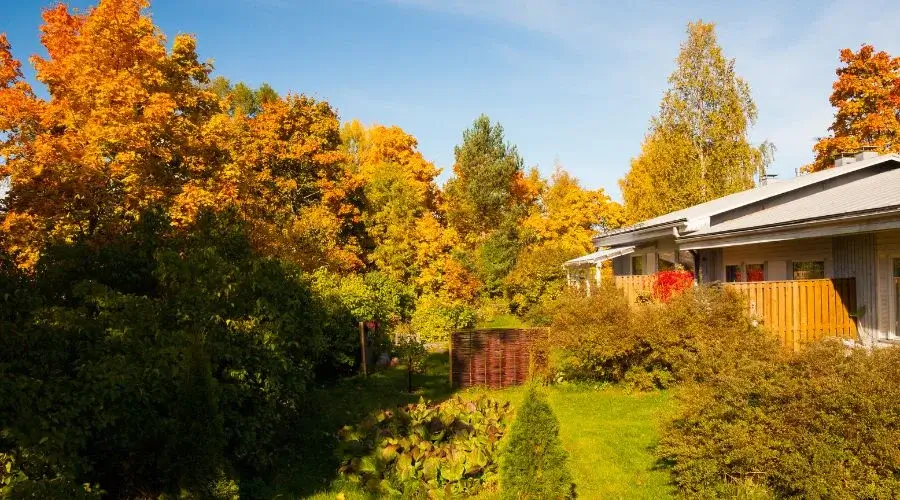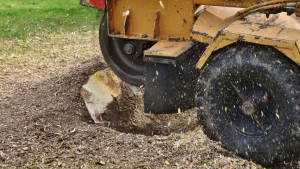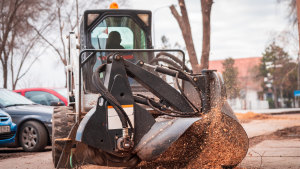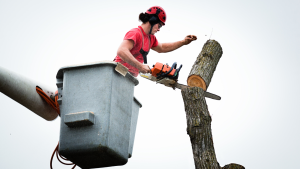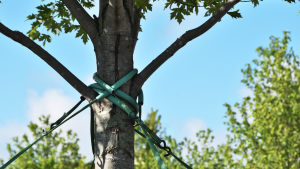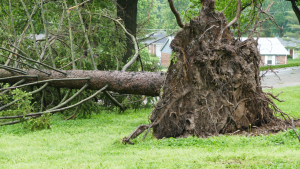Tree trimming, also known as pruning, is a crucial part of tree care and maintenance. While it’s essential to keep trees healthy and safe, the timing of your pruning activities plays a significant role in their success. Trees need to be trimmed in specific times of the year to maximize their benefits and minimize potential risks. In this article, we’ll explore the reasons why trees should be trimmed during certain seasons and the advantages it brings to both the tree and your landscape.
1. Dormant Season (Late Fall to Early Spring)
Trimming trees during the dormant season, which typically occurs from late fall to early spring, offers several key advantages:
- Reduced Stress: During dormancy, trees are not actively growing, reducing the stress of pruning. This period allows for significant trimming without adversely affecting the tree’s health.
- Disease Prevention: Pruning in the dormant season can minimize the risk of disease transmission, as most pathogens and pests are less active during this time.
- Enhanced Visibility: With the absence of leaves, the tree’s structure is more visible, making it easier to identify and remove dead or damaged branches.
- Promotes New Growth: Pruning in late winter can encourage new growth as the tree allocates energy to rejuvenating its canopy when spring arrives.
2. Early Spring (Before New Growth)
Trimming trees in early spring, just before new growth emerges, offers the following benefits:
- Encourages Growth: Pruning in early spring stimulates new growth and helps maintain the tree’s desired shape and size.
- Minimizes Disease Risk: With the tree about to enter its growing season, the pruning wounds have ample time to heal before pests and diseases become active.
- Optimal Aesthetic Results: Spring pruning allows you to shape your tree and maintain its appearance without causing excessive stress.
3. Summer (After Spring Growth)
While heavy pruning is generally not recommended during summer, minor trimming can be beneficial for specific purposes:
- Shape and Appearance: Light summer pruning can help maintain the tree’s appearance, control growth, and remove water sprouts.
- Removing Dead or Weak Branches: Eliminating dead or weak branches is safer in the summer when they’re easier to spot.
4. Fall (Avoid Heavy Trimming)
Fall is generally not the best time for heavy tree trimming due to several reasons:
- Risk of Disease: Open pruning wounds during fall may not heal properly, increasing the risk of disease transmission, particularly for oak trees susceptible to oak wilt.
- Insect Activity: Some pests and insects, such as bark beetles, are more active during fall, and pruning can leave trees vulnerable.
Important Considerations
When planning tree trimming, consider the following important considerations:
- Tree Type: Different tree species have specific preferences for pruning, so consult a professional to determine the best timing for your particular tree.
- Local Regulations: Be aware of any local regulations or permits related to tree trimming and removal.
- Professional Guidance: It’s advisable to consult with a certified arborist or tree care expert to assess your specific tree’s needs and ensure proper care and safety.
Trimming your trees at the right time of the year is essential for their health, appearance, and longevity. Contact Joliet Tree Service to help answer any of these questions. Each season offers unique advantages and disadvantages for tree pruning, so understanding the specific needs of your trees and the goals you want to achieve will help you make informed decisions about when to trim your trees. Consult with a professional to ensure the best care for your trees and a beautiful, thriving landscape.
